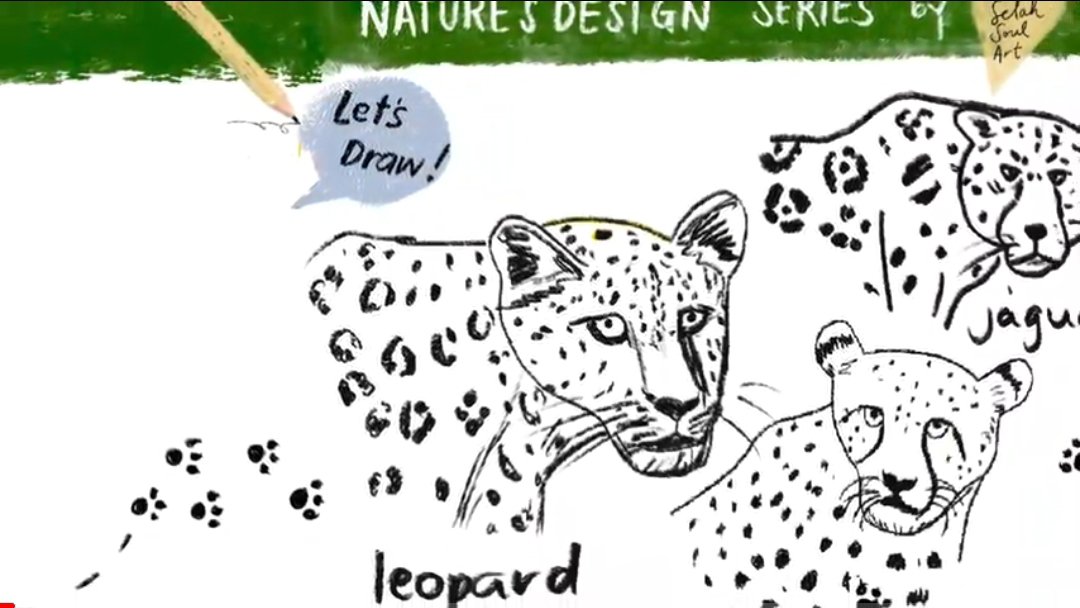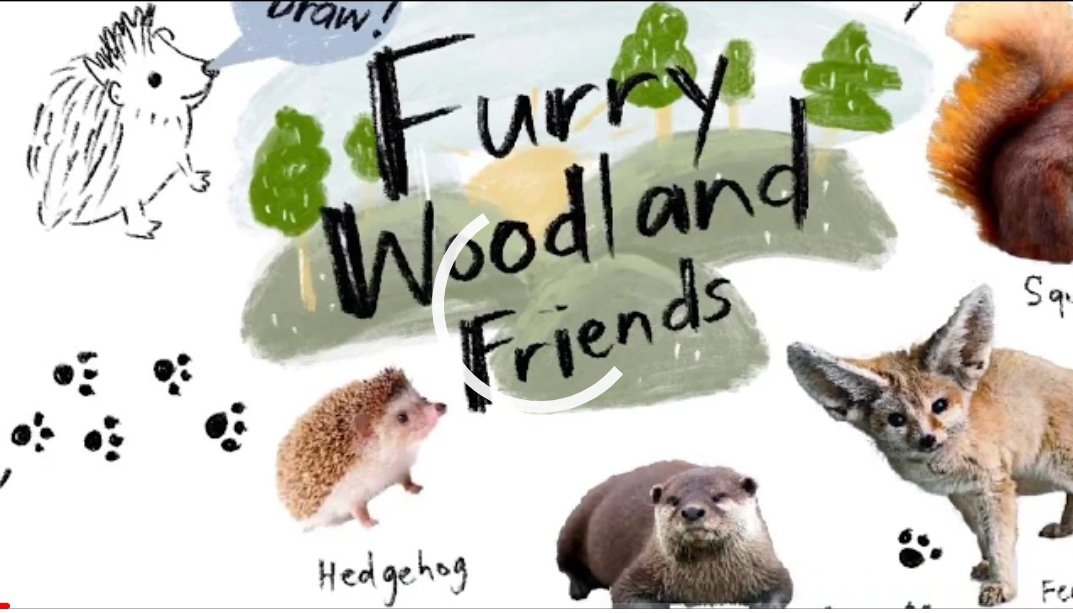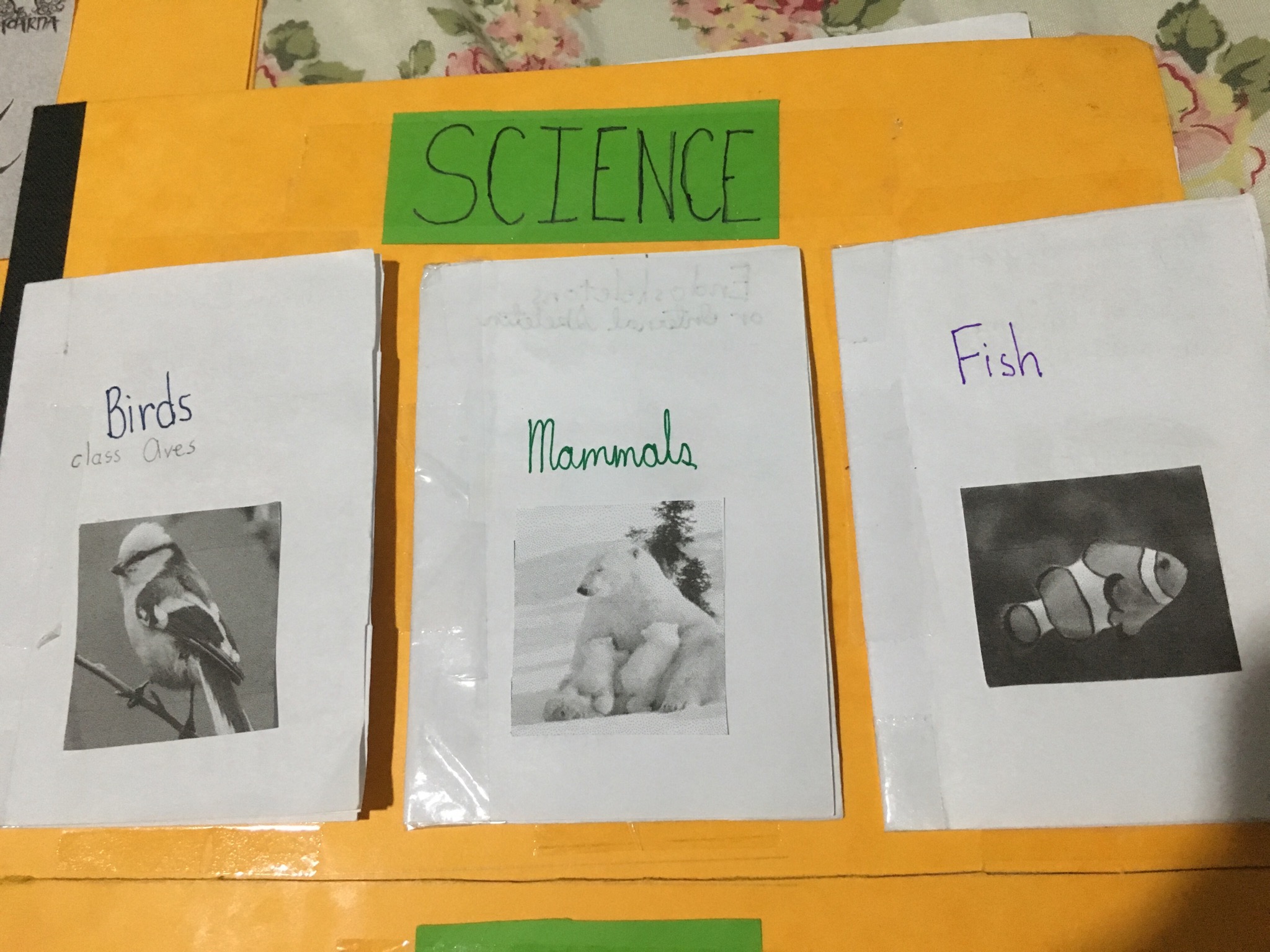Hello! I would like to share with you a Drawing video series which I made especially for young children. This series aims to guide young children who are beginning to draw lines, curves and shapes. I hope these videos encourage your children to practice drawing everyday. Most of the drawing subjects were taken from the classic drawing book, “Drawing for Children” written by Horace Grant.
I started producing these along with other draw-along videos when covid came early this year. I also enjoy doing live art sessions but I find these bite-sized videos easier to produce. If you find these videos helpful in your homeschool journey, feel free to join God’s Army of Artists on Facebook groups! Hope to see you there!
For Set # 1 in the “Drawing for Children” series, we will draw the following subjects:
- birdhouse
- table
- bird’s head
- plum
- leaf
All you need: paper or sketchbook, pencil and eraser.
Note to parents: I hope the videos help you guide your child as he/she tries new subjects to draw. You may draw together and demonstrate how to do the strokes.😊 Pause the video if the child needs more time drawing. Take time drawing each subject. Prepare a comfortable place where the child can draw-along with the video.
Tip💡It is always best to practice drawing from direct observation or from photo references especially with nature subjects. Most of the objects can be easily found at home.😀 Have fun! #artforkids #drawingforchildren
Here is the link to the first video in the series. The other videos are saved in a playlist as well. If you find these videos helpful for your child, please drop me an email at selah.soulart@gmail.com
Drawing for Children: Drawing Exercises of over 100+ subjects from nature and everyday objects
Happy drawing!


 Here are the Youtube links to the nature series
Here are the Youtube links to the nature series 











